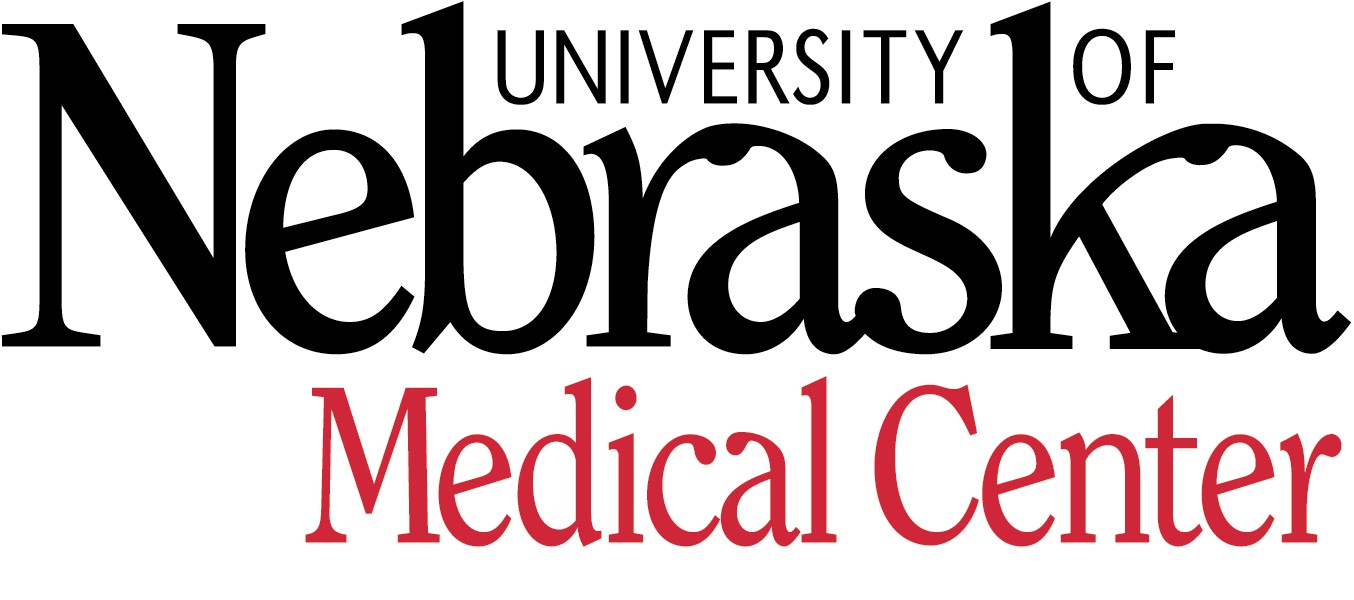Emergency Department Interventions to Improve Blood Pressure Follow-up
| Status: | Completed |
|---|---|
| Conditions: | High Blood Pressure (Hypertension), Hospital |
| Therapuetic Areas: | Cardiology / Vascular Diseases, Other |
| Healthy: | No |
| Age Range: | 19 - Any |
| Updated: | 8/25/2018 |
| Start Date: | April 2008 |
| End Date: | December 2010 |
Hypertension is a very common disease, affecting approximately 65 million people in the
United States. As many as 30 % of people with hypertension, approximately 20 million
individuals, remain undiagnosed. As many as one third of patients seen in ED were noted to
have elevated BP readings in prior studies. Approximately 5% of emergency department (ED)
patients have severely elevated blood pressure. Prior studies suggest that as many as two
thirds of ED patients with elevated BP can benefit from further therapy or closer clinic
follow-up. However primary care follow-up after ED discharge with an elevated BP is
surprisingly low. The purpose of this study is to measure the follow-up rate after the ED
visit in individuals identified with elevated blood pressure after a brief counseling
regarding risks of elevated blood pressure.
United States. As many as 30 % of people with hypertension, approximately 20 million
individuals, remain undiagnosed. As many as one third of patients seen in ED were noted to
have elevated BP readings in prior studies. Approximately 5% of emergency department (ED)
patients have severely elevated blood pressure. Prior studies suggest that as many as two
thirds of ED patients with elevated BP can benefit from further therapy or closer clinic
follow-up. However primary care follow-up after ED discharge with an elevated BP is
surprisingly low. The purpose of this study is to measure the follow-up rate after the ED
visit in individuals identified with elevated blood pressure after a brief counseling
regarding risks of elevated blood pressure.
Inclusion Criteria:
- 19 years of age or older
- diastolic BP 90 mm Hg or systolic BP 140 mm Hg
- diabetes and chronic kidney disease who have a diastolic BP 80 mm Hg or systolic BP
130 mm Hg
Exclusion Criteria:
- unable/unwilling to provide informed consent
- acute anxiety state
- Any subject on pain medication which compromises their ability to consent
We found this trial at
1
site
Univ of Nebraska Med Ctr A vital enterprise in the nation’s heartland, the University of...
Click here to add this to my saved trials
